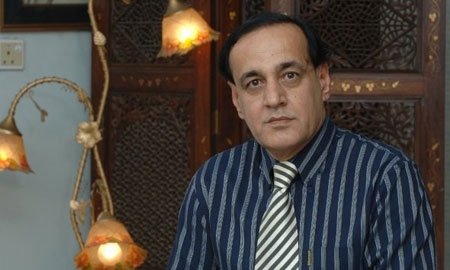Israel has killed at least 20 people since it launched its attacks on the towns and refugee camps at Jenin, Nablus, Tubas, and Tulkarem overnight on Wednesday. Israel’s military is conducting in the occupied West Bank, blocking access to aid for Palestinians in the besieged refugee camp on the fourth day of its assault. The continuing raids are the largest and most violent since the start of Israel’s war on Gaza. The parallel conflict unfolding in the West Bank has killed about 600 Palestinians. Israeli forces blew up homes in the Jabriyat neighborhood. Palestinian residents continue to plea for access to food, water, and paramedics. The occupied West Bank is part of historical Palestine on the west bank of the Jordan River, it measures 5,650sq km (2,180sq miles) of landlocked territory surrounded by Israel, Jordan, and the Dead Sea. Approximately three million Palestinians live there, alongside an increasing number of Israelis who built illegal settlements and outposts on land taken by force from Palestinian families. The West Bank has some 871,000 registered refugees, a quarter of whom live in 19 refugee camps, descendants of the Palestinians ethnically cleansed from their homes and lands to make way for the creation of Israel in the Nakba of 1948. The occupied West Bank and Gaza are both parts of Palestine but are separated from each other by the state of Israel. Both Gaza and the West Bank were occupied by Israel in 1967 and remained so for decades until Israel pulled out of Gaza in 2005. Israel is still attacking Gaza, and has killed more than 40,000 people and injured nearly 100,000. The tactics Israel is using in Gaza have been referenced by some Israeli ministers who have demanded that the same be done in the occupied West Bank assaults, including forcing people out of their homes to clear certain areas. In the 1967 war, Israel took the land earmarked by the UN as part of a future Palestinian state from caretaker Jordan. Even with the establishment of the Palestinian Authority after the Olso Accords, the Israeli army operates unchecked and effectively controls the territory and still controls several essential administrative and governmental functions. At the end of the day, Palestinians do not even control their own land. In theory, the limits of Israel’s occupation of the West Bank should be regulated by international law. Under the 1949 Geneva Convention, the transfer of all or part of an occupying population onto territory it has seized – like Israelis building settlements on Palestinian land is illegal. In 2004 and 2016 respectively, the International Court of Justice (ICJ) and the UN Security Council said the construction of Israeli settlements in the West Bank is illegal. In July of this year, the ICJ again ruled that the Israeli presence in the West Bank was unlawful and should come to an end as rapidly as possible. Is the construction of new settlements over? Not in the least. While settlement construction was fairly slow until the 1980s, it has surged since, with hundreds of new settlements and outposts established. Before October 7, more than 700,000 Israelis lived in the West Bank across more than 150 illegal settlements and numerous outposts. Numbers have increased dramatically after October 7. According to Israel, the settlements are necessary for security, serving as a buffer against hostile Arab states, in addition to Iran. Israel also says the Oslo Accords do not explicitly ban settlement in all areas and that some are allowed under the terms of the agreement. Israeli settlers also claim the biblical Jewish territories of Samaria and Judea, both in the modern-day West Bank, using religious justifications to take Palestinian land.
Trump’s win not to affect Pak-China ties
Pakistan’s associations with main longtime partner China would remain unaffected by Donald Trump winning the US presidential election, as Islamabad...
Read more






